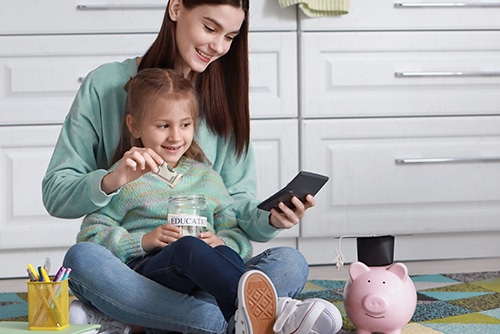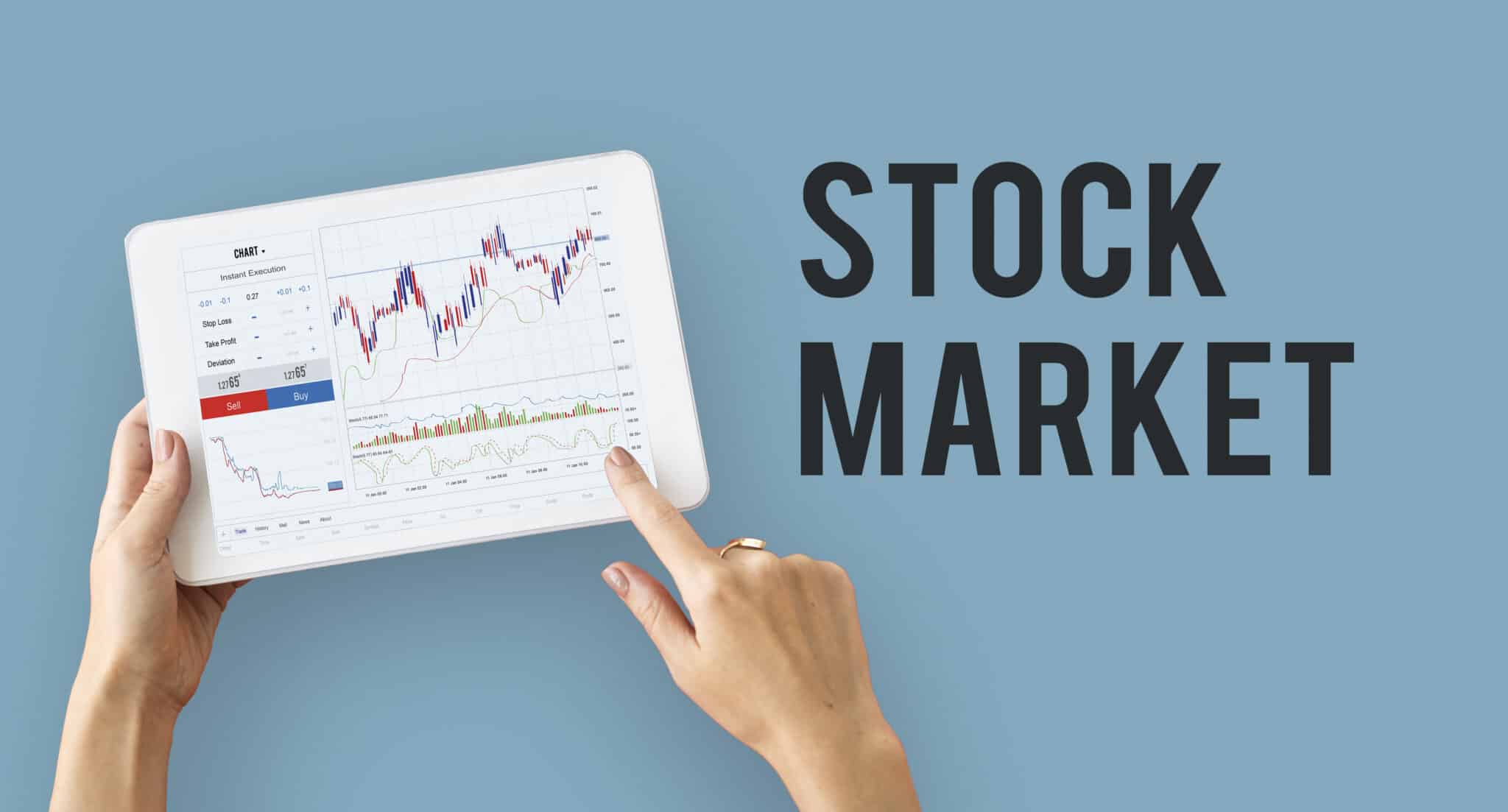(Note: We write this with all sensitivity to those who have lost love ones this year, and with our own memories of those we have lost both from COVID and other reasons.)

I grew up in the farm country outside Wichita, Kansas.
I told someone that one time, and he replied “I know the place. I spent a decade there one year.”
While I actually loved growing up where I did, and am grateful for my Midwest roots, it’s a funny joke.
But that’s how I feel about 2020. We spent a decade in that year.
In a truly unbelievable year for the world, it was also a remarkable year for both investors and for how many people look at personal finance.
From the chaos of the spring when businesses closed, unemployment spiked, markets plummeted and oil futures actually went negative, to the government assistance and massive rally in stock prices since those lows, it is a year that will be studied for decades to come.
As we look towards 2021, what personal finance and investment lessons can we take from 2020, the year of COVID?
While there are many, let me share a few of the more noteworthy ones.
Risk happens fast, in life and markets.

In the first quarter, we saw how quickly normal life can be disrupted as the country shut down to fight COVID. Jobs and businesses were lost in a flurry, while the stock market went from new highs to a bear market in a matter of weeks.
The entire situation was unlike anything we may ever (hopefully) witness again, and it happened quickly. There was little if any time to react as an investor, not that reacting would have been wise with the help of hindsight.
Emergency funds (and extra TP) are important.
While not everyone’s circumstances allow them to save up an emergency fund, it should always be the #1 personal finance goal for every adult.
Nobody could have predicted what 2020 has brought, but we know that we will encounter bad luck at SOME POINT in our financial journey. It is one of the few guarantees in life.
If we know that we will have financial potholes in our road, shouldn’t we plan for them?
The events of 2020 only amplified the need to plan for the unexpected!
Gut check on your REAL risk tolerance.
About that stock market drop in February and March… It as fast and violent. Broad indexes lost 30-50%. Some things did worse. Oil related investments may have lost 70 – 100% (or more if you used leverage).
As someone who gives investment advice for a living*, I’ve often said “you find out someone’s real risk tolerance during bear markets, not bull markets.”
Let me ask you….”If the market drops 50%, will you flinch?” That’s a better gauge of your true risk tolerance than “do you like higher potential rates of return?”
Also, there is a tendency for investors to be clouded by “recency bias”, the idea that whatever just happened is going to keep happening. If markets have been good, you may think you are an aggressive investor.
Up until COVID, markets had been on a winning streak arguably since 2009, and certainly since fall of 2019. Bull markets can make investors forget what risk reels like.
You should always be asking yourself, “What if this investment goes terribly wrong?”
You have to ALWAYS consider the possibility that assets invested are at risk of loss. Perhaps the loss is temporary until markets bounce back, but there is no guarantee that markets will always bounce back, or that they will bounce back on your timeframe.
That’s why diversification and proper risk management that matches your goals with your investments are of critical importance.
Staying the course was rewarded.

That being said, the markets did bounce back (for the most part).
Nobody “thought it would happen” – but major stock indexes staged a recovery at record speed.
If you knew that you were diversified, and that your money was invested for long-term goals (aka you weren’t investing your emergency fund in stocks), you were more likely to be able to weather any potential emotional turmoil from the drop in your investment account values.
Keep in mind, markets don’t always bounce back like they did in 2020 – there’s potential recency bias in play again.
(Also, not ALL markets and stocks bounced completely back yet, for example oil related stocks).
It pays to know innovation trends.
The events of 2020 forced change on people and organizations in ways not witnessed in generations. The adaptability of the human spirit was on full display in tackling the very real challenges of the year.

The stock market noticed the innovation as well.
Stock prices of companies related to COVID innovation did very well through much of 2020.
Some of these trends were already in place prior to COVID, and only accelerated as a result of the shut down. Shop from home and video conferencing were both growing in popularity prior to COVID, but saw an explosion in growth in a stay at home world. Other trends developed because of COVID, as seen with the race for a treatment and vaccine.
The final lesson.
In the end, the major takeaway is that it pays to have a plan for your finances before the crisis.
Those that had plans, and stuck to them, more likely did better in 2020 than those who did not.
Side Note(s).
There is a financial illiteracy epidemic in our country (and world). If you have children and young people in your life, we encourage you to share financial education resources with them.
Our hearts go out to those who have lost loved ones, those who lost livelihoods and dreams. This year has been heart-breaking. We wish you the best in 2021!
(THIS ARTICLE IS NOT INVESTMENT ADVICE; IT IS FOR EDUCATIONAL PURPOSES ONLY).
Originally published at https://www.teachingkidstobuystocks.com/ on December 31, 2020.












